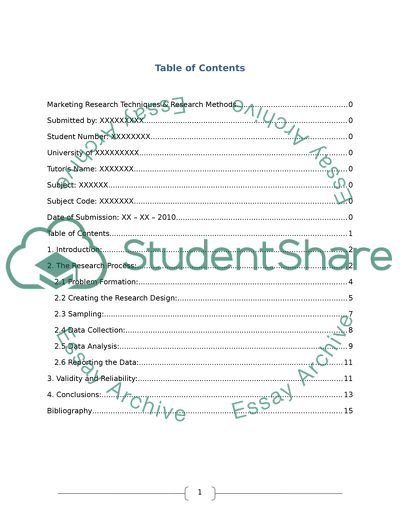Cite this document
(Marketing Research Techniques and Research Methods Paper, n.d.)
Marketing Research Techniques and Research Methods Paper. Retrieved from https://studentshare.org/marketing/1732229-marketing-research-techniques-research-methods
Marketing Research Techniques and Research Methods Paper. Retrieved from https://studentshare.org/marketing/1732229-marketing-research-techniques-research-methods
(Marketing Research Techniques and Research Methods Paper)
Marketing Research Techniques and Research Methods Paper. https://studentshare.org/marketing/1732229-marketing-research-techniques-research-methods.
Marketing Research Techniques and Research Methods Paper. https://studentshare.org/marketing/1732229-marketing-research-techniques-research-methods.
“Marketing Research Techniques and Research Methods Paper”, n.d. https://studentshare.org/marketing/1732229-marketing-research-techniques-research-methods.


